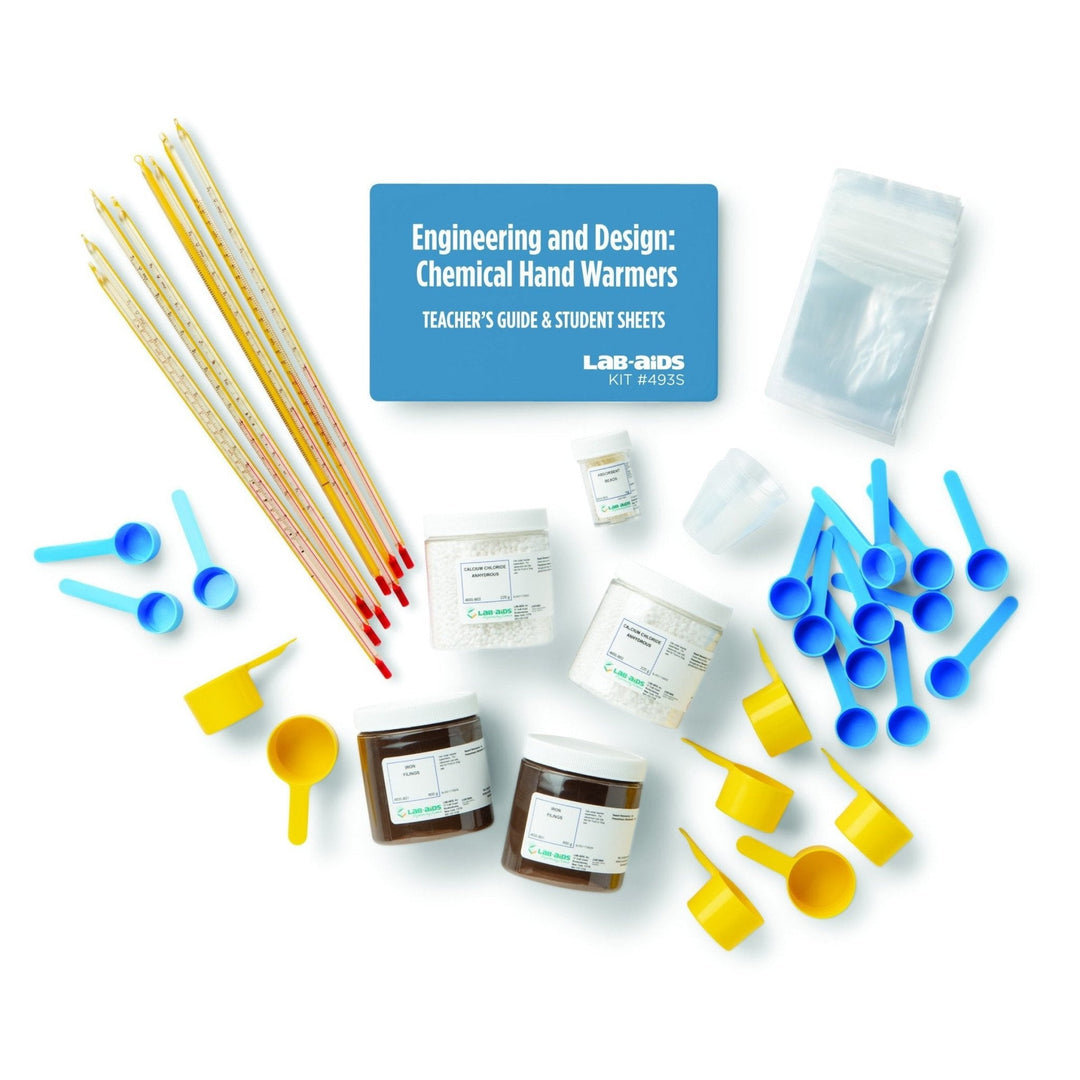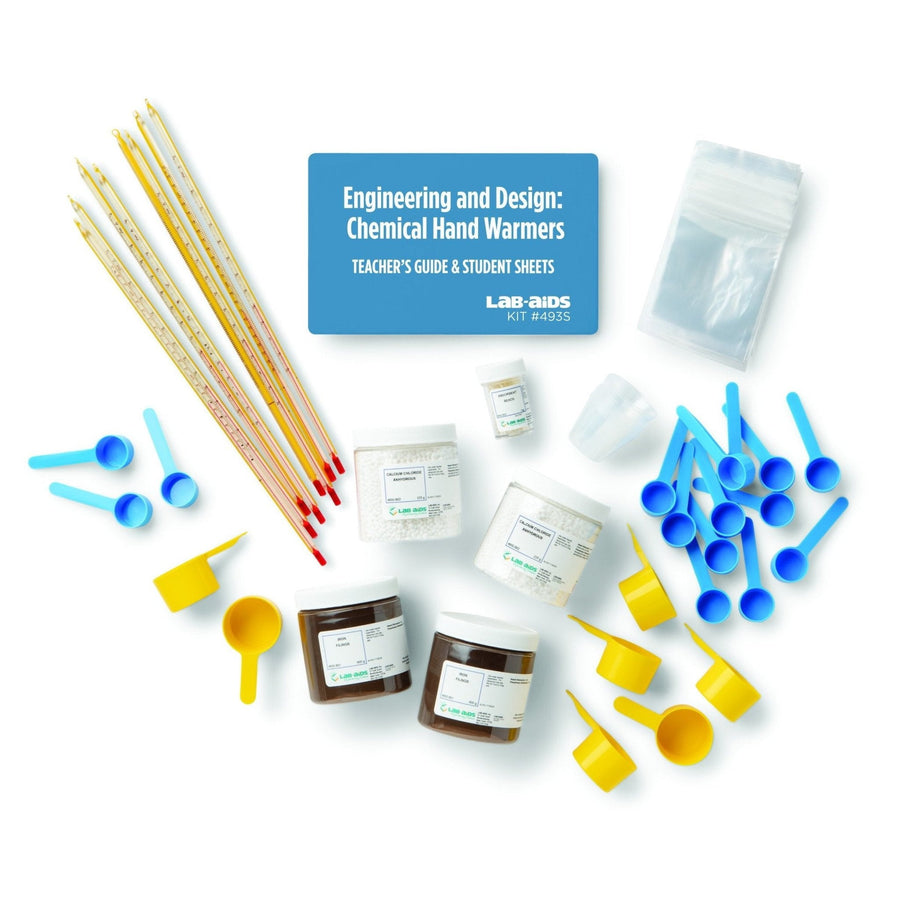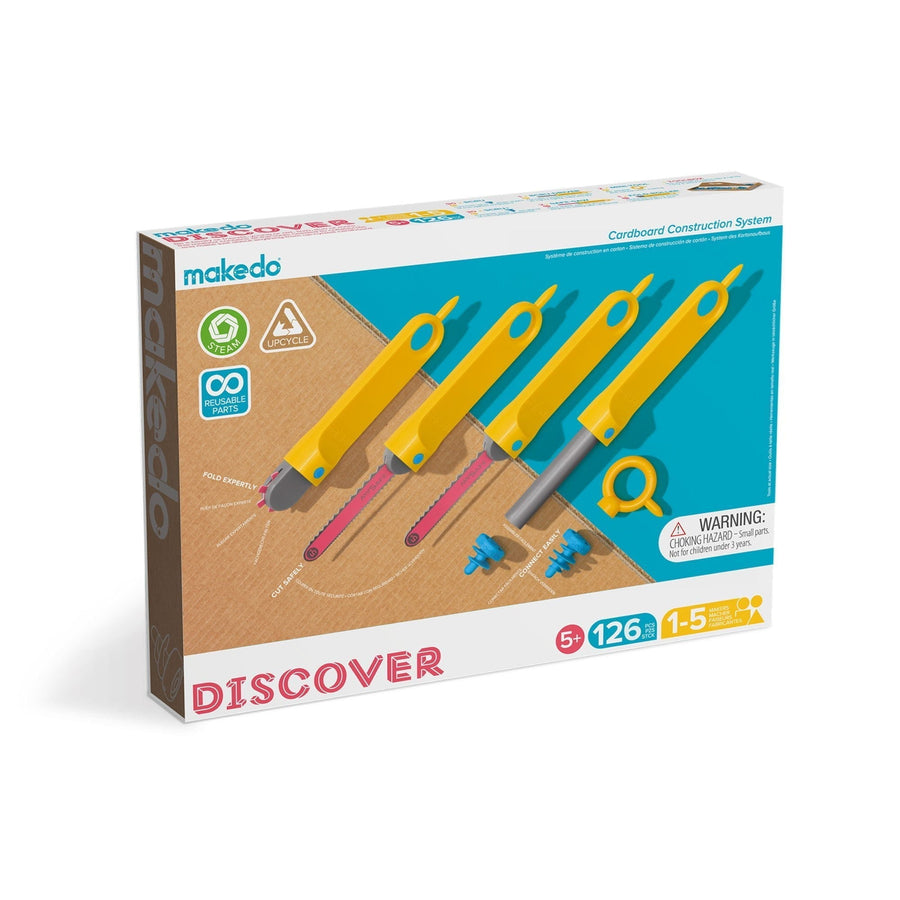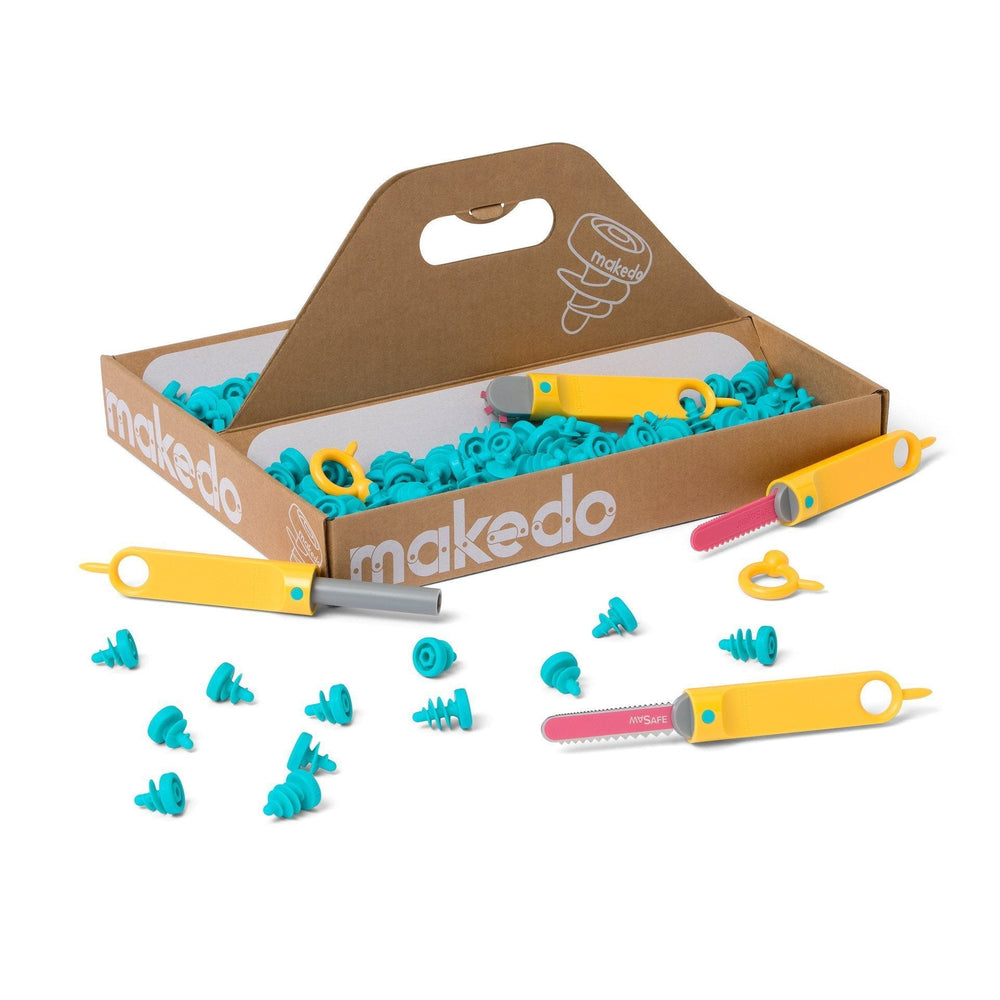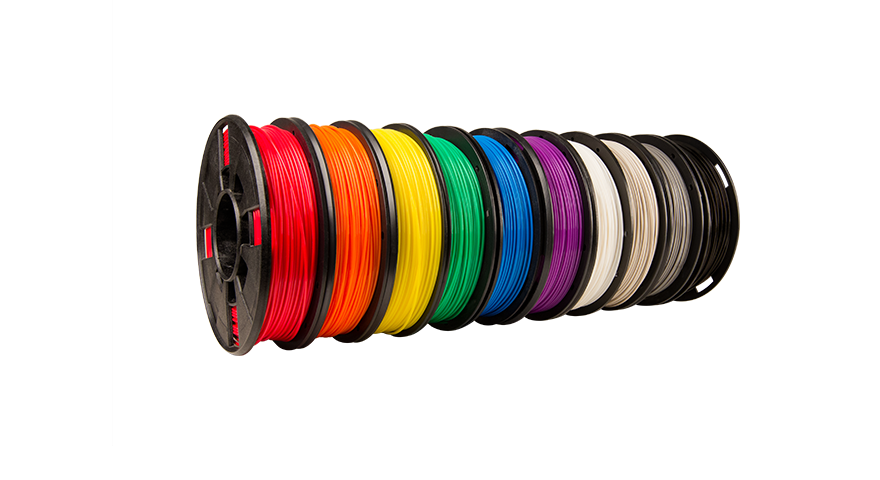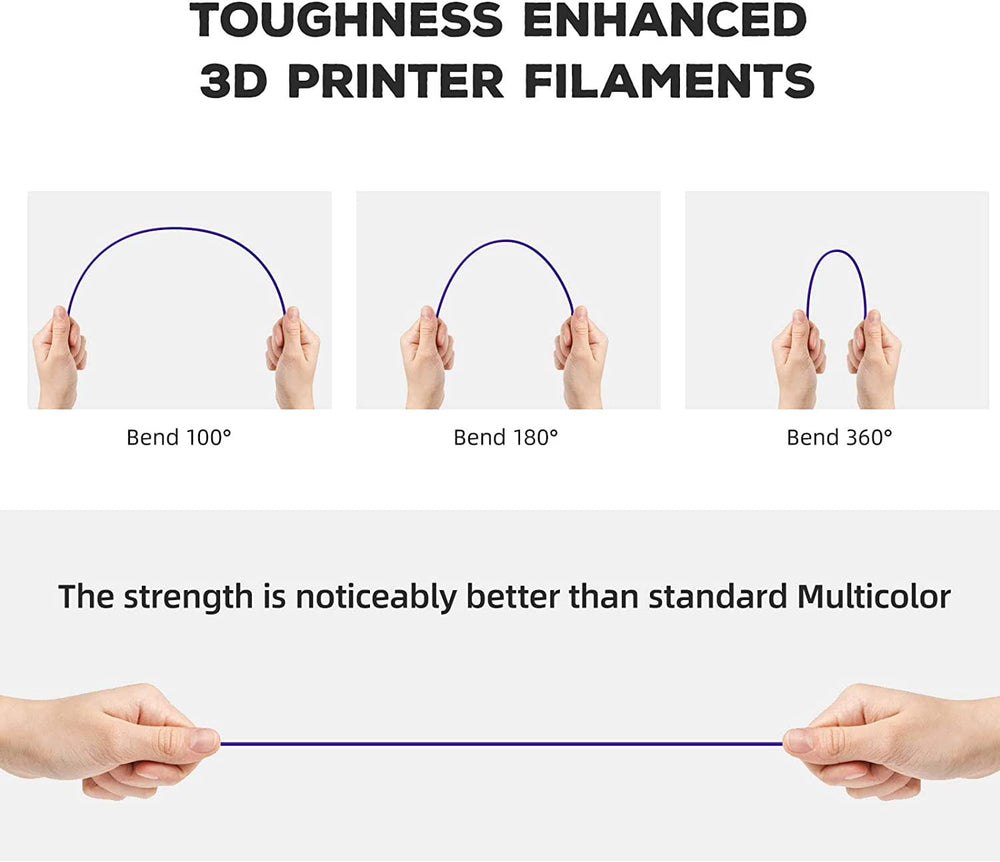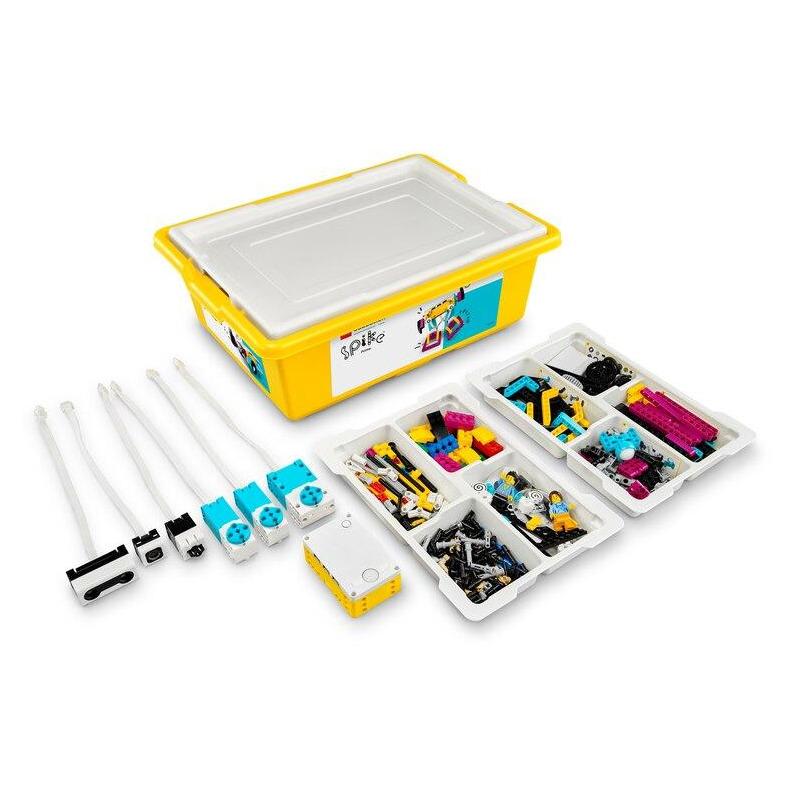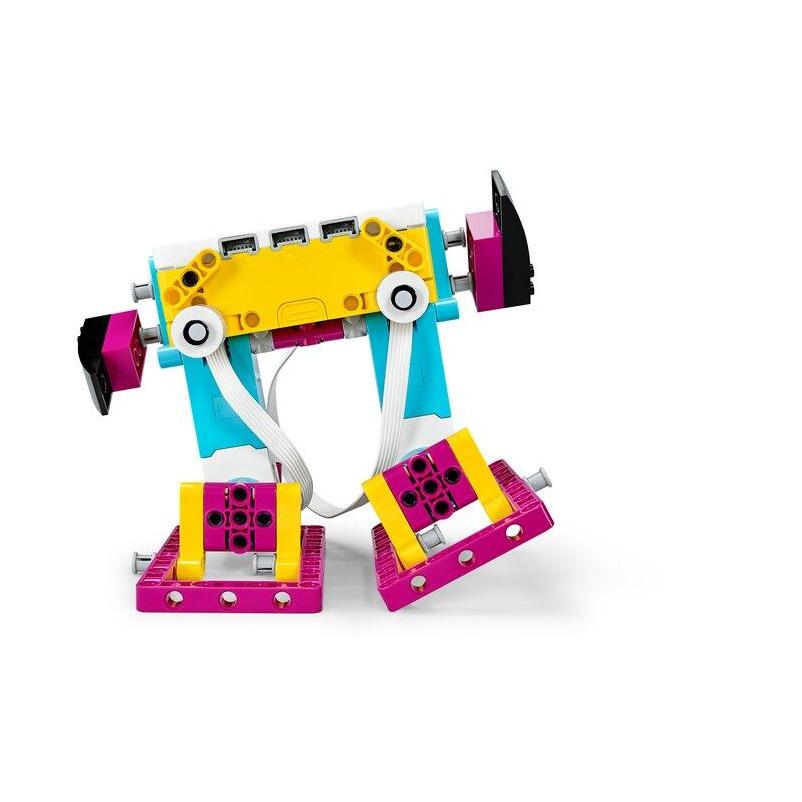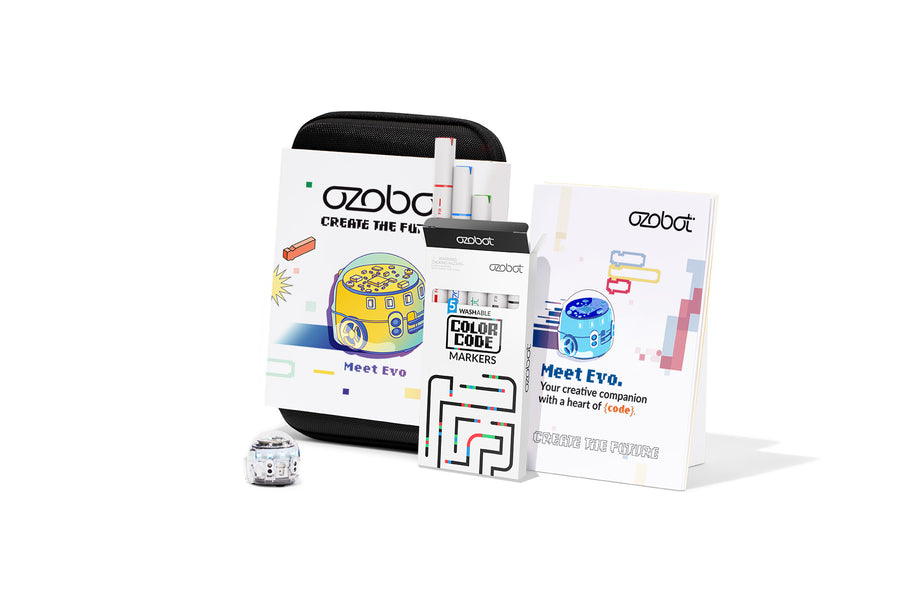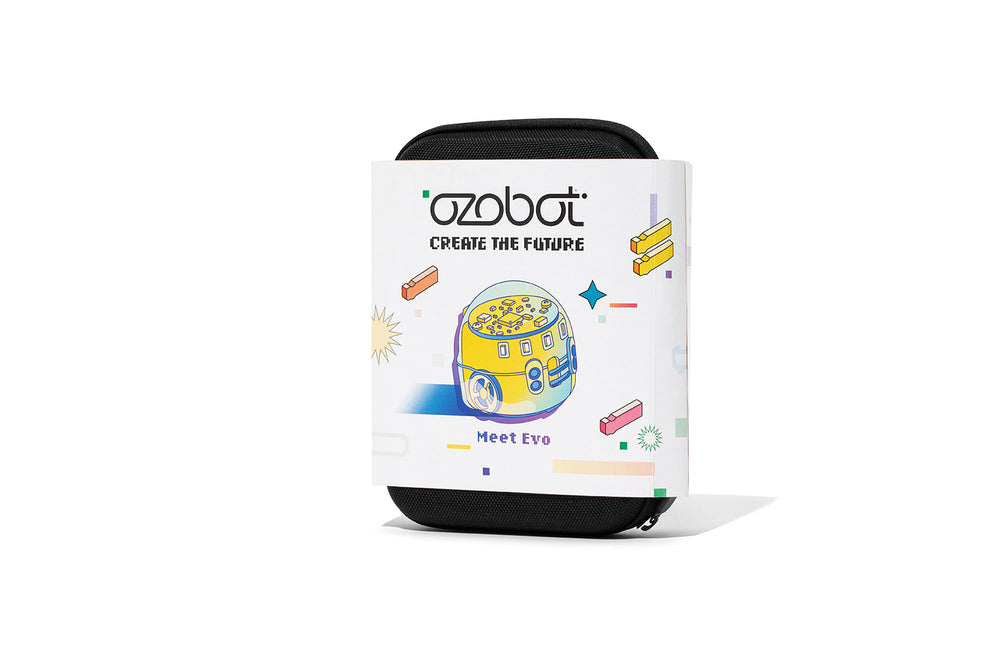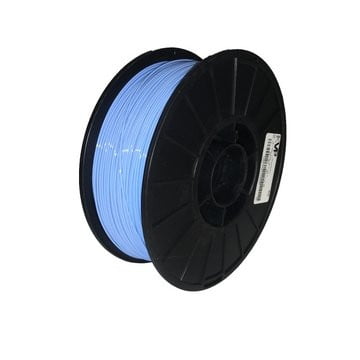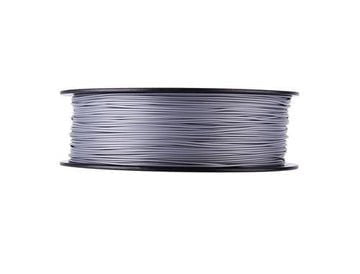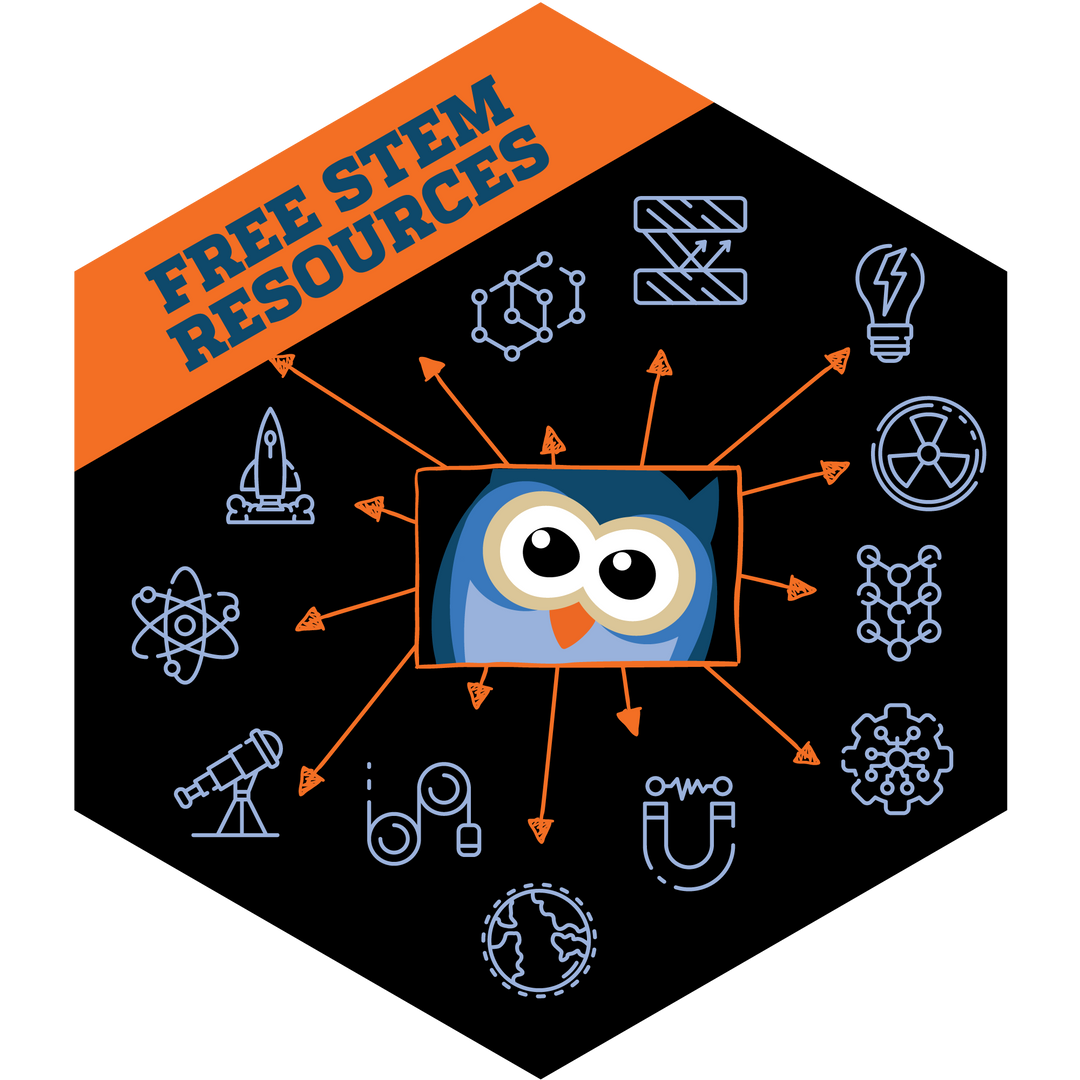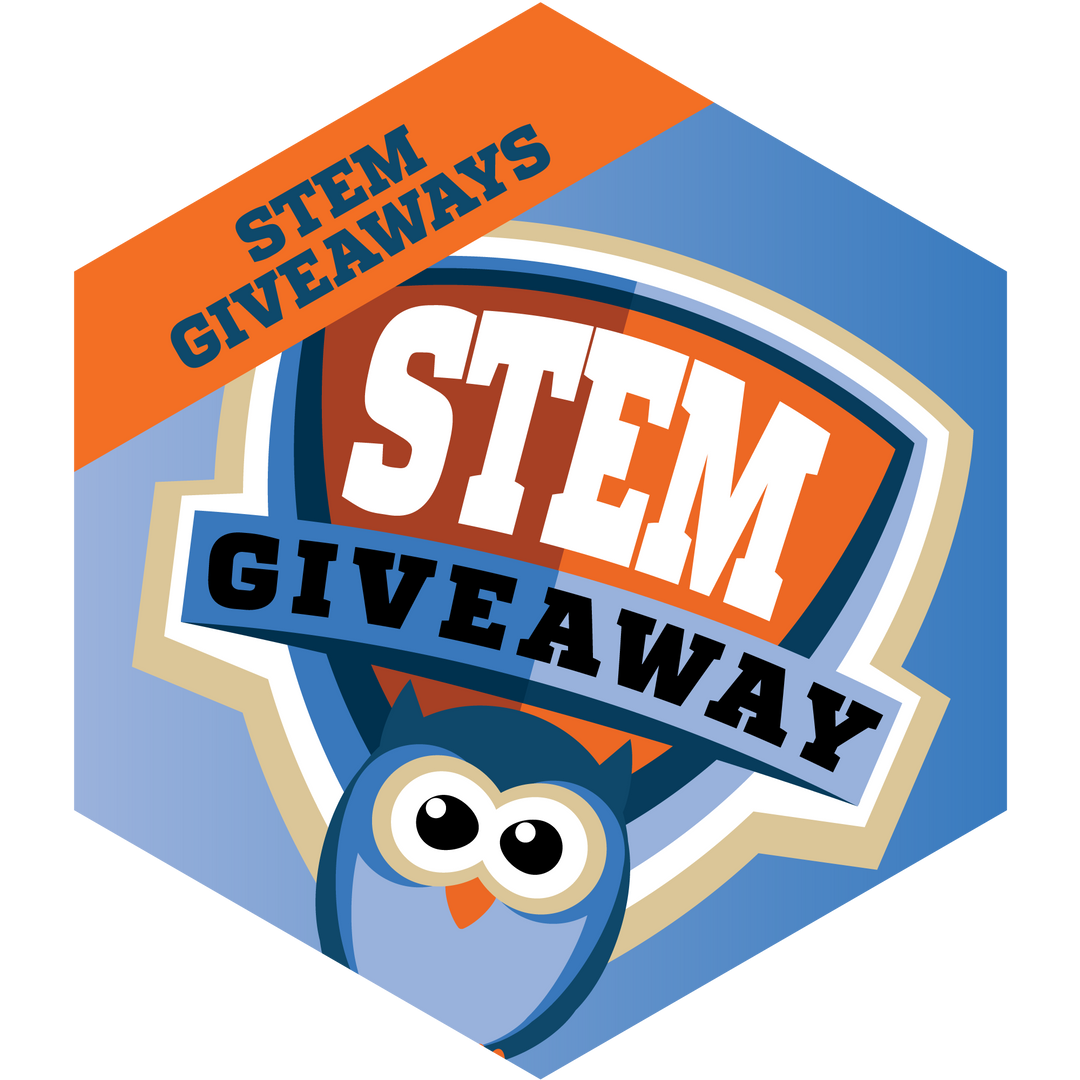Lab-Aids: Engineering & Design: Chemical Hand Warmers (Developed by SEPUP)
- Grades: 6+
- Number of Students: 32
Students undertake a design challenge to construct and test a hand warmer device that uses the thermal energy released from an iron exothermic reaction.
In Part One students initially observe a teacher demonstration then brainstorm and sketch several possible designs and choose one to build as a prototype and test. When testing their designs, students analyze and evaluate their results and brainstorm ideas for further modification.
In Part 2, students redesign, construct, test, and evaluate hand warmers using the same reaction as in Part 1 but with an additional criterion introduced—students must consider how to control the start of the chemical reaction in their design modifications. Students brainstorm new designs that will allow users to start the chemical reaction when they want to use the hand warmer. These designs may be redesigns of those developed in Part 1 or may be totally new. Students discuss designs and choose one to build as a prototype. Pairs of students exchange prototypes, test and evaluate them, then think about what modifications can help optimize their designs.
Materials required for a class of 32 but not included in this kit:
• 32 chemical splash goggles
• 8 timers (or clear view of clock with second hand)
Product Includes:
20 large sealable plastic bags
10 small sealable plastic bags
10 medium sealable plastic bags
24 scoops (5-cc)
8 scoops (30-cc)
8 graduated cups (30-mL)
8 immersion thermometers
1 bottle of iron filings
1 bottle of calcium chloride
1 bottle of absorbent beads
32 Student Worksheet and Guides
1 Teacher’s Guide
1 Safety Data Sheet (SDS) packet
Classroom Planning:
Number of Students: maximum 32 per class
Number of Groups: maximum 8 groups of 4 students/group
Number of Classes: 1 class of 8 groups
Scientific Concepts:
-
NGSS CORRELATIONS
Performance Expectation
MS-PS1-6: Undertake a design project to construct, test, and modify a device that either releases or absorbs thermal energy by chemical processes.
MS-ETS1-3: Analyze data from tests to determine similarities and differences among several design solutions to identify the best characteristics of each that can be combined into a new solution to better meet the criteria for success.
MS-ETS1-4: Develop a model to generate data for iterative testing and modification of a proposed object, tool, or process such that an optimal design can be achieved.
Disciplinary Core Ideas
MS-PS1.B Chemical Reactions: Some chemical reactions release energy, others store energy.
MS-ETS1.B Developing Possible Solutions:
A solution needs to be tested, and then modified on the basis of the test results, in order to improve it.
Sometimes parts of different solutions can be combined to create a solution that is better than any of its predecessors.
MS-ETS1.C Optimizing the Design Solution:
Although one design may not perform the best across all tests, identifying the characteristics of the design that performed the best in each test can provide useful information for the redesign process—that is, some of the characteristics may be incorporated into the new design.
The iterative process of testing the most promising solutions and modifying what is proposed on the basis of the test results leads to greater refinement and ultimately to an optimal solution.
MS-PS3.A Definitions of Energy: The term “heat” as used in everyday language refers both to thermal energy (the motion of atoms or molecules within a substance) and the transfer of that thermal energy from one object to another. In science, heat is used only for this second meaning; it refers to the energy transferred due to the temperature difference between two objectsy.
Science and Engineering Practices
Analyzing and Interpreting Data: Analyze and interpret data to determine similarities and differences in findings.
Constructing Explanations and Designing Solutions: Undertake a design project, engaging in the design cycle, to construct and/or implement a solution that meets specific design criteria and constraints.
Crosscutting Concepts
Energy and Matter: The transfer of energy can be tracked as energy flows through a designed or natural system.


